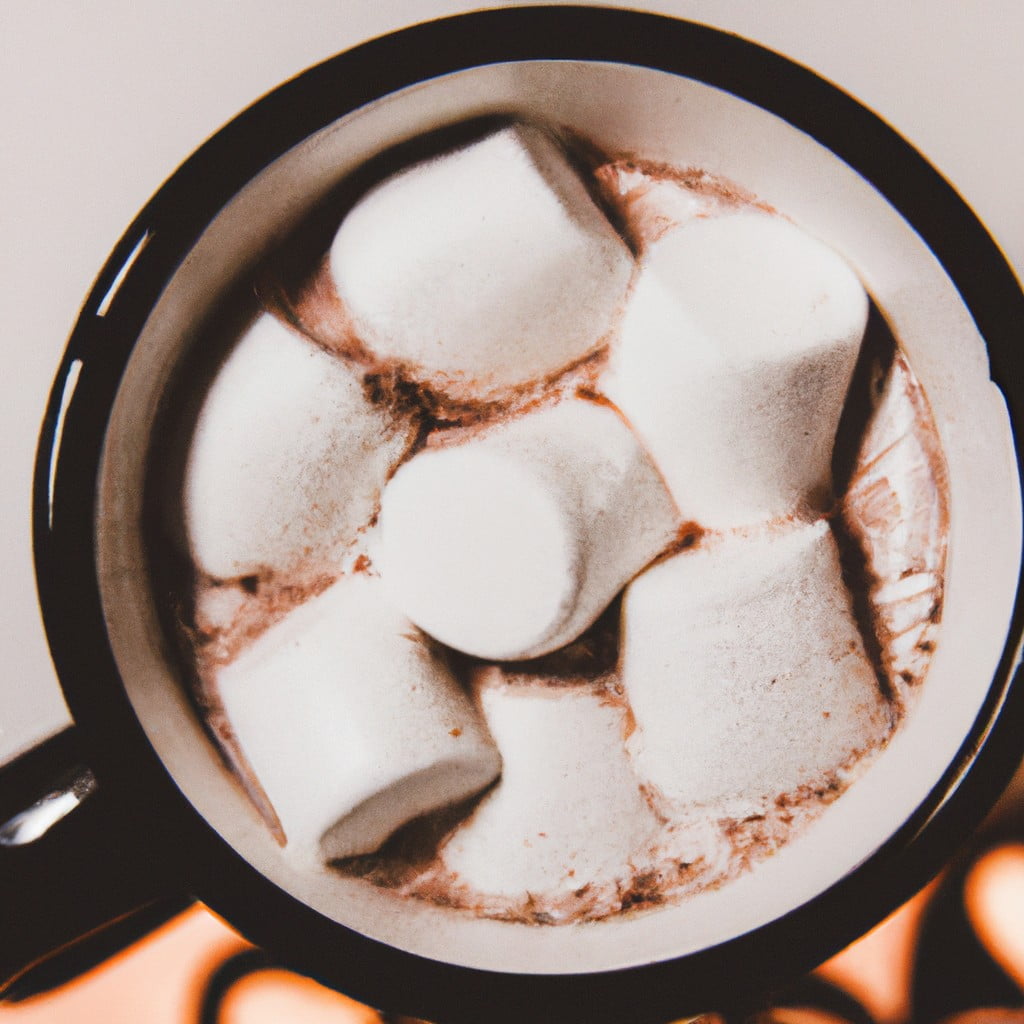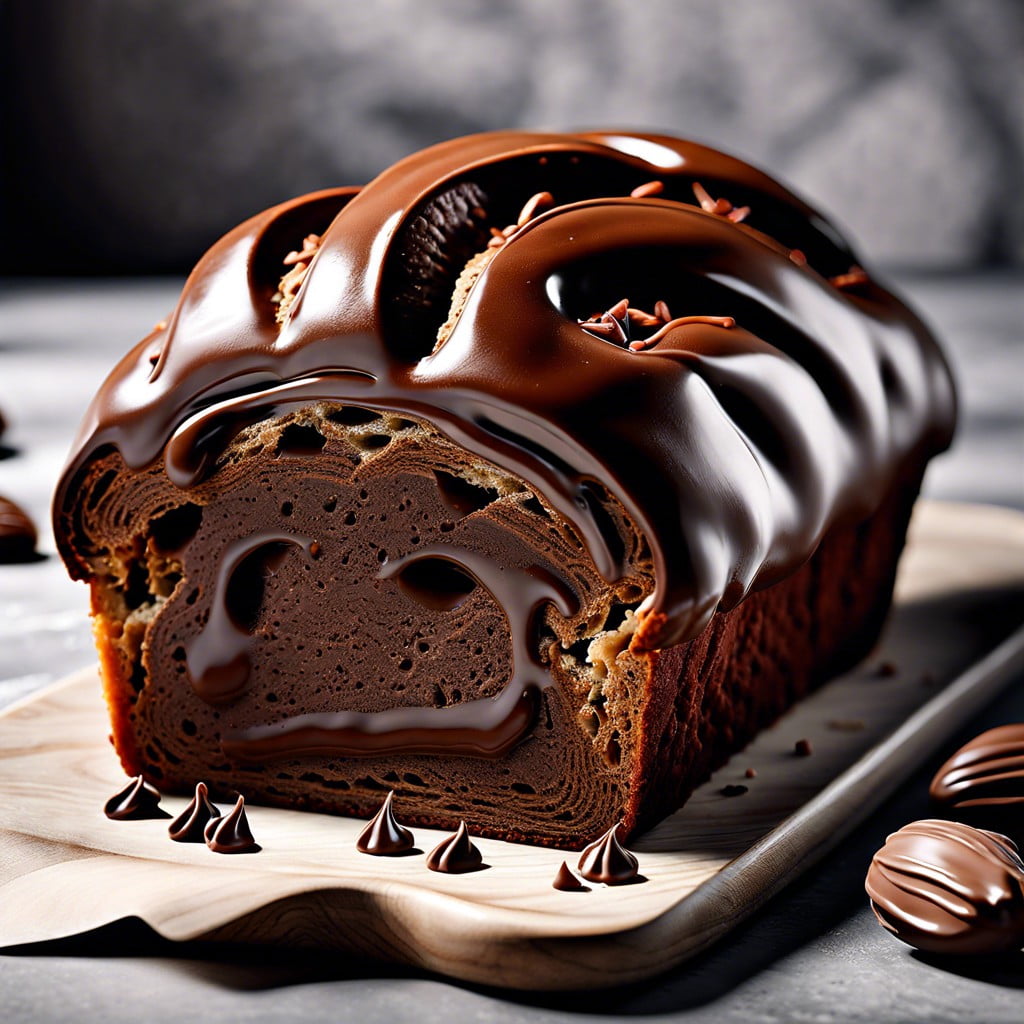Explore strategic methods to effectively market and sell hot chocolate, ensuring maximum profitability for your business.
Selling hot chocolate, a beloved beverage, can be a rewarding and profitable venture. The key to success lies in the quality of your product, understanding your target market, effective branding, and strategic pricing.
This article will guide you through these crucial steps, providing comprehensive details on how to make your hot chocolate business a hit. Whether you plan to set up a stand at local events or create an online store, these tips will help you navigate the process and maximize your profits.
Let’s dive into the sweet world of selling hot chocolate.
Key takeaways:
- Understand diverse hot chocolate market segments
- Target the right customer base using demographic data
- Highlight unique selling points to set yourself apart
- Choose strategic locations for maximum sales opportunities
- Determine the right price point based on costs and value perception
Inside
Understanding the Market for Hot Chocolate

The hot chocolate market isn’t one-size-fits-all and it’s important to have a clear understanding of this diverse market.
Firstly, there’s the large group of consumers that prefer rich, gourmet hot chocolate made with high-quality ingredients and innovative flavor combinations. This segment is willing to pay a premium for unique experience.
Next, there’s the segment of consumers who are health-conscious and prefer hot chocolate made with low-fat milk or plant-based alternatives, low-sugar or sugar substitutes, and nutritious additives like protein powder, vitamins, and antioxidants.
Another identifiable segment includes those who prefer classic, comfort hot chocolate; often associated with childhood memories or festive occasions, they prefer a simple and traditional recipe.
Going tech-savvy, in times of pandemic, a section of the market is more inclined to order online or via food delivery apps, so strong online presence and partnerships with delivery services can be beneficial.
There are also hot chocolate enthusiasts who are drawn to ethically sourced products. They prefer brands that are transparent about their supply chain, and practice fair trade.
Lastly, don’t forget about those who are guided by impulse purchases, especially during chilly weather. For this group, visibility in high footfall areas and attractive packaging would be key.
By identifying these key market segments and understanding their specific preferences, you can tailor your product and marketing strategy to effectively reach your potential customers.
Identifying the Right Customer Base
The first step is understanding demographic profiles, with your focus primarily on age, occupation, and lifestyle. Knowing who enjoys hot chocolate can help guide you to your key audience – typically families with children and young adults. Remember, office workers may relish a warming drink during lunch, and outdoor lovers often savor a soothing cup in colder months.
Consider the days and times your customers might want hot chocolate. Is it a morning comfort drink? An after-dinner treat? Getting a sense of these consumption habits can hone your selling strategies.
Use surveys or social listening tools to learn more about potential customers’ preferences. Do they like a classic, rich cocoa, or are they tempted by gourmet flavors? Are eco-friendly practices important to them? Can more health-conscious consumers be enticed by vegan or sugar-free options? Information like this is crucial for developing a product that resonates with your core buyer group.
Lastly, look for overlapping interests. For instance, if book clubs, winter sports enthusiasts, or marshmallow lovers are amongst the hot chocolate fans you’ve identified, consider ways to appeal to those interests in your marketing or selling locations choices.
Determining Your Unique Selling Points
For your hot chocolate business to set itself apart, it’s crucial to identify aspects that make it unique. Unique selling points could be the quality of the cocoa beans used, a secret family recipe, or a unique preparation method.
One of your unique selling points might be using only premium-grade, ethically sourced cocoa beans, guaranteeing customers a superior quality product while supporting sustainable farming practices.
Another distinction you can highlight is offering customizable drinks. Providing a variety of options for customers to choose from—like different types of milk, sweeteners, and add-ins like marshmallows or whipped cream—can create a bespoke experience.
A unique preparation method can also be a selling point. Traditional methods like using a molinillo to froth the drink could provide a fun, immersive experience for customers. This can make your stand not just a place to buy a drink, but a destination for an authentic chocolate-making display.
Your unique selling points should be evident in every interaction with a customer, from advertising and menu design to conversation and presentation. Every small detail can serve to reinforce these points, turning a simple cup of hot chocolate into a memorable experience.
Choosing the Best Locations to Sell Hot Chocolate
When deciding where to set up your hot chocolate business, consider high-traffic areas where potential customers are likely to seek comfort in a hot beverage. These could include bustling city streets, near office buildings, or around shopping areas where people are likely to be during colder seasons. Seek out locations near winter activities such as ice rinks or holiday markets, which are ripe with potential customers looking to warm up with a sweet treat.
Integrating your business into community events can also boost visibility and sales. Become a vendor at local holiday festivals, trade fairs or outdoor concerts.
Remember to evaluate the competition in each area. If there are already multiple hot chocolate vendors, consider looking for a location with less competition.
Think convenience: malls, supermarkets, and schools could be a favorable choice, making it easy for regular patrons as well as passersby to grab a cup of hot chocolate.
Partnering with other local businesses to offer your hot chocolate at their locations can expand your reach without the need for physical space. Cafes, bookshops, or bakeries might be willing to sell your product and split the profit.
Wherever you choose to sell your hot chocolate, prioritize a location that is easily accessible and visible to passersby. It’s crucial to increase opportunities for spontaneous purchases, and the more people see your product, the higher your chances of making a sale.
Deciding On the Right Price Point for Your Product
Considering cost of raw materials, overhead expenses, and market competition helps in setting an appropriate price. It’s not merely about tallying the costs; value perception plays a critical role too.
Lay down the cost of production – ascertain all the costs including but not limited to ingredients, labor, and utilities.
Look at the prices of competitors – this gives a ballpark figure of what customers might be willing to pay. However, it’s important not to price it so low that it raises questions about quality.
Consider the value perception – the careful balance between cost and value to the customer. For instance, if ingredients are sourced ethically, or if a unique recipe is used, it can merit a higher price.
Opt for tiered pricing – different sizes of hot chocolate servings could be priced differently, allowing customers to choose based on their budget and preferences.
Trial and error – experiment with different price points over a period of time, keeping track of unit sales and overall revenue. Thereafter, adopt the price that maximizes profitability.
Remember that the right price is one that turns a satisfactory profit, while also offering value for money to the customer.
Securing Necessary Permits and Licenses
First, research local requirements for food and beverage businesses at the municipal, regional, and national levels. Licences you may need to secure might include business licence, tax registration, food service license, or even a permit for outdoor vending, depending on your selling strategy.
Second, seek legal counsel if you’re unsure about the process to make sure you’re not missing out on any crucial licenses or permits.
Third, keep in mind the costs associated with securing these permits and licences. These factor into your initial investment and may affect your pricing.
Lastly, remember that food handling certification is likely required and not only ensures you comply with laws but builds credibility with consumers concerned about food safety. It’s a good idea to clearly display these certificates at your place of business.
In sum, securing necessary permits and licenses often requires time, money, and a good understanding of the legal framework of food service businesses in your locality. Remember, this step of the process is crucial in legitimizing your business and avoiding potential sanctions or penalties.
Mastering the Art of Making Hot Chocolate
Mastering the art of making hot chocolate starts with selecting high-quality cocoa powder, or for a more decadent twist, high-quality dark chocolate. Combine this with a suitable sweetener, like sugar or honey, to balance out the bitter elements of the cocoa or chocolate.
Pay attention to the milk used. Whole milk adds a rich, creamy texture that elevates the overall taste of the hot chocolate. Nonetheless, lactose-free or plant-based milks are good alternatives for dietary needs but may slightly alter the taste and texture.
Another significant factor is the use of a thickening agent. Cornstarch or arrowroot can bring that luxurious thickness people often associate with top-tier hot chocolate. Add these elements in small increments to avoid a clumpy texture.
Spice up your hot chocolate with a dash of flavor. Cinnamon, vanilla, or even a pinch of sea salt can lift the overall taste and make your brew stand out.
Lastly, temperature control is key. Ensure that your hot chocolate doesn’t burn by heating on a low-to-medium setting and continuously stirring. This will maintain the smooth texture and robust flavor, setting the stage for a delicious cup of hot chocolate.
Remember, practice is a crucial part in mastering any art – don’t be disheartened if your first attempts don’t come out perfect. Experiment with different ingredients and quantities until you find the recipe that delights your taste buds the most.
Investing in Quality Ingredients and Equipment
Choosing superior ingredients directly impacts the taste and overall quality of your hot chocolate. Cocoa is your star ingredient, so opt for a high-quality, organic variety whenever possible. Expensive doesn’t always mean best, so experiment with different sources until you find the one with a taste profile you love.
Milk choice is equally vital. Full-cream milk generally offers a richer, creamier texture, but variation, such as oat milk or almond milk, can attract those with dietary restrictions.
Sweeteners, too, are open to experimentation. Classic granulated sugar can be swapped for organic honey, maple syrup or even stevia for a lower-calorie version.
Spices like cinnamon, nutmeg, and vanilla extract can be added to deepen the chocolate flavor, but their use should be balanced as to not overshadow the cocoa.
As for equipment, consider investing in a quality milk frother and heater to achieve a velvety, warm texture. A chocolate melter can also be a good investment for keeping your chocolate at the perfect consistency for extended periods.
Finally, while not mandatory, offering a choice of toppings – freshly whipped cream, marshmallows, shaved chocolate, a sprinkle of cocoa powder – can add a personal touch to your hot chocolate that customers will appreciate.
Marketing Techniques for Hot Chocolate Selling
Leveraging social media can boost your business. Platforms like Instagram or Facebook allow you to showcase your products visually and engage with potential customers.
Hosting tasting events at strategic locations such as malls, fairs, or events also helps raise awareness of the product.
Offering samples allows potential customers to taste the quality of your hot chocolate prior to purchasing.
Creating special promotions or discounts on special occasions encourages customers to purchase your hot chocolate.
Collaborating with local businesses or influencers can help extend your reach to different customer bases.
Having a strong brand identity, including engaging signage and packaging, amplifies your presence in the market.
Finally, implementing loyalty programs rewards repeat customers and incentivizes them to continue purchasing your product.
Enhancing Your Sales With Seasonal Strategies
Without a doubt, colder weather brings increase in hot chocolate consumption making winter an ideal time for sales maximization. It’s important to leverage holidays and events during these chilly months. Festive specials, such as peppermint or gingerbread-flavored hot chocolate during Christmas or special promotional adds on Valentine’s Day, will catch the eye of consumers seeking for added warmth and comfort.
Summer, in contrast, may seem challenging, however, this is an opportune time to innovate. Offering frozen hot chocolate is a unique twist on a classic favorite, marketed as a refreshing break from the heat. In addition, consider pairing it with ice-cream or creating infused shakes – both are excellent for a different twist to your product that can keep the customers engaged and returning.
During non-holiday times, a weekly or monthly special could attract a regular clientele. An enticing idea might be ‘Mondays Marshmallow Madness’, or ‘Thursdays High Chocolate Day‘ where a cup of hot chocolate comes with an extra dose of chocolate.
Lastly, remember partnerships. Collaborating with local events, libraries, book stores, or ice rinks could introduce your product to potential customers, increase visibility, and mutually benefit all parties involved.
Customer Retention Strategies for Hot Chocolate Business
Maintaining a continuous relationship with customers is essential for all businesses, and the hot chocolate business is no exception. Here are some optimal strategies for customer retention:
Offer a loyalty program. This can be as simple as a punch card system where customers receive a free drink after a certain number of purchases.
Strive for consistency in the quality of your hot chocolate. Customers like to know exactly what they’re getting when they spend their hard-earned money.
Keep a variety of flavours and toppings. By offering a plethora of choices, you ensure that customers have a reason to keep coming back to try something new.
Regularly engage with your customers. Feedback is invaluable and can provide insight into ways you can continually improve your product or service.
Create seasonal specials. Novel drinks during the holidays or other times of year can attract customers back to see what new options are available.
Train your staff on excellent customer service skills. Happy employees lead to satisfied customers who are more likely to be retained.
Utilize social media for regular communication. Share updates about menu changes, special offers, or fun facts about the hot chocolate industry to keep your brand on customers’ radar.
Provide a comfortable and atmospheric location. If customers feel good when visiting your shop, they are more likely to return.
FAQ
Is selling hot chocolate profitable?
Yes, selling hot chocolate can be profitable, particularly at events, provided you invest in a good quality hot chocolate maker and premium chocolate.
How much should you sell hot chocolate?
If the cost of making a hot chocolate is $2, it is often advisable to sell it for $4 to $5.
How to sell hot chocolate for a fundraiser?
For a successful hot chocolate fundraiser, set up a booth or table with a flat surface for serving drinks and hang a sign to clearly indicate the product for sale to the public.
How much does 1 cup of hot chocolate cost?
The cost of 1 cup of hot chocolate in the United States is approximately $3.45.
What are effective marketing strategies for selling hot chocolate?
Effective marketing strategies for selling hot chocolate include utilizing social media for promotions, creating enticing packaging, offering seasonal flavors, instituting reward programs, and partnering with like-minded businesses.
How can you differentiate your hot chocolate product in a competitive market?
To differentiate your hot chocolate product in a competitive market, focus on using unique, high-quality ingredients, offer a range of flavors, create visually appealing packaging, and ensure sustainable sourcing and production methods.
What ingredients can be added to make your hot chocolate stand out?
Consider adding chili pepper for a spicy kick, orange peel for a citrus touch, or mint leaves for a refreshing twist to your hot chocolate.




